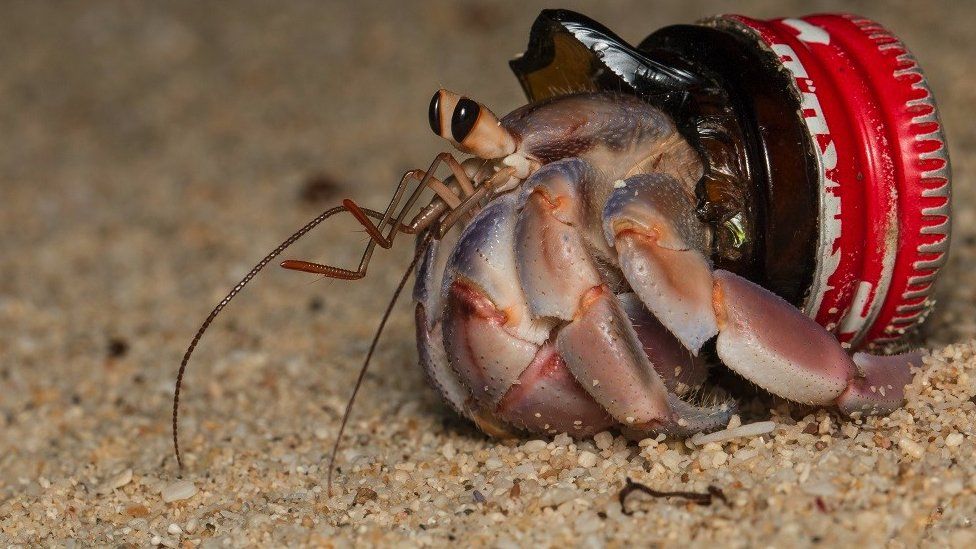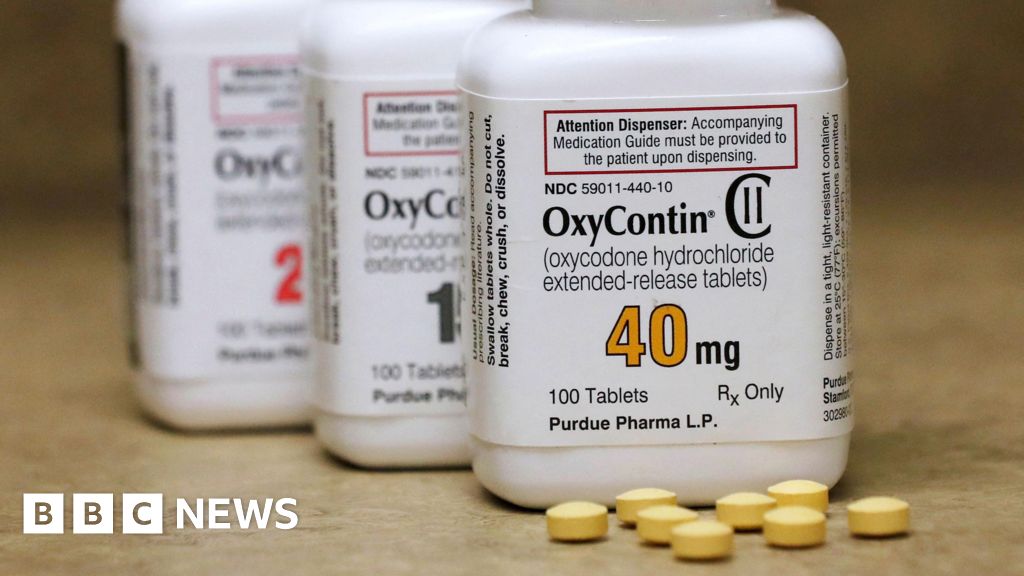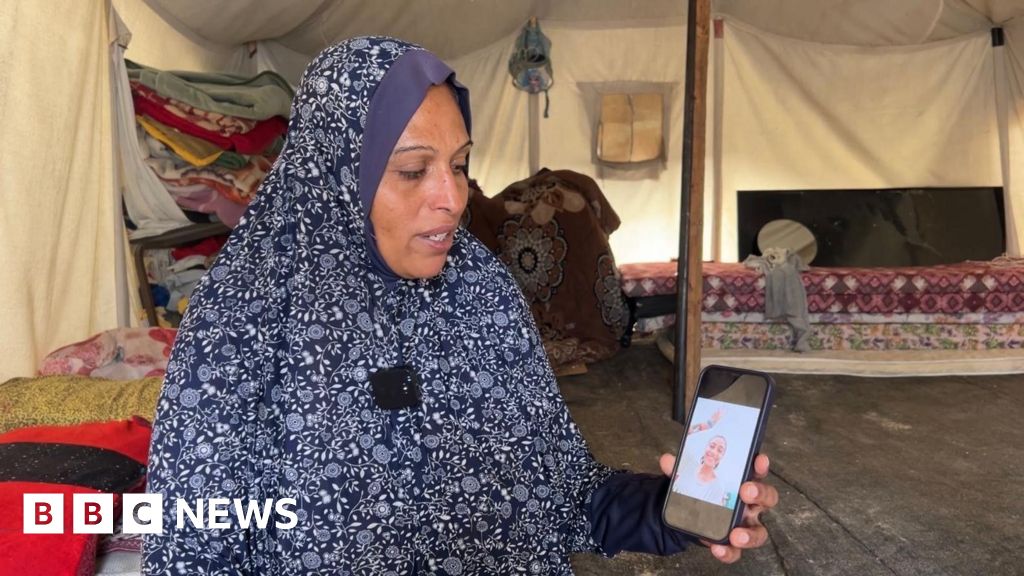ARTICLE AD BOX
 Image source, Shawn Miller
Image source, Shawn Miller
By Victoria Gill
Science correspondent, BBC News
Hermit crabs all over the world, which scavenge shells as armour for their bodies, are turning increasingly to plastic waste instead.
The conclusion is based on analysis of photos, taken by wildlife enthusiasts, and published online.
Scientists said they were "heartbroken" to see the extent to which the animals were living in our rubbish.
They said two-thirds of hermit crabs species were pictured in "artificial shells" - items that humans discarded.
The discovery is published in the journal Science of the Total Environment.
The study used social media and photo-sharing websites, as one of the researchers Marta Szulkin, an urban ecologist from the University of Warsaw, explained: "We started to notice something completely out of the ordinary.
"Instead of being adorned with a beautiful snail shell, which is what we're used to seeing - they would had a red plastic bottle cap on their back or piece of light bulb."
Image source, Shawn Miller
Image caption,The vast majority of the items the researchers saw the hermit crabs using in the photographs were made of plastic
She and her University of Warsaw colleagues, Zuzanna Jagiello and Łukasz Dylewski, found a total of 386 individuals using artificial shells - mainly plastic caps.
"According to our calculations, ten out of the 16 species of land hermit crabs in the world use this type of shelter and it's been observed in all tropical regions of the Earth," Prof Szulkin explained.
It isn't yet clear whether these materials are harmful - or perhaps even helpful - for the small, vulnerable crustaceans.
"When I first saw these pictures, I felt it was heart-breaking," Prof Szulkin told BBC Radio 4's Inside Science. "At the same time, I think we really need to understand the fact that we are living in a different era and animals are making use of what is available to them."
Fighting over plastic
This internet-based ecological study, revealed that this use of artificial shells is a "global phenomenon".
"We saw it in two-thirds of all terrestrial hermit crab species," said Prof Szulkin. "That's what we could identify just by using pictures taken by tourists."
The researchers say the findings open up new questions about how these coastal crustaceans interact with and use plastic. As well as understanding whether it causes them any harm, the scientists want to work out how it might affect their evolution.
This whole group of crabs have adapted to scavenge and use discarded snail shells to protect their fragile bodies. And when those shells are in short supply, the crabs will fight over them.
Image source, Shawn Miller
What we don't know is how much the element of novelty might affect them - and whether the crabs will fight over artificial plastic shells," explained Prof Szulkin.
The researcher said that the natural snail shells were in decline, so she suspected it might be becoming easier for the animals to find an artificial alternative. And lighter, plastic 'shells' might even help smaller, weaker crabs to survive because they are easier to carry.
There is certainly a great deal of plastic in the marine environment for the animals to choose from. A recent study that attempted to quantify the scale of plastic pollution estimated that at least 171 trillion pieces of plastic are now floating in our oceans.
That could nearly triple by 2040 if no action is taken, experts have warned.
But there is hope that 2024 could see nations finally sign up to a long-awaited global treaty to end the scourge of plastic.
Mark Miodownik, who is professor of materials and society at University College London told the BBC that there was a lesson for humans in these images. "Just like the hermit crabs," he said, "we should be reusing plastics much more, instead of discarding it."

 11 months ago
19
11 months ago
19








 English (US) ·
English (US) ·